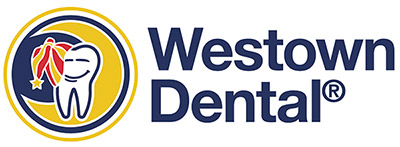General Anesthesia & Sedation Policy
All sedation patients should understand that dental appointment time under general anesthesia is in high demand, and it is very costly to the practice should an appointment be missed. They should be sure to follow the requirements listed below and understand that if they do not, the appointment will be canceled.
General Anesthesia & Sedation Preparation and Check-list:
- Patient must be healthy in order to receive treatment under sedation; They should notify the office immediately if patient gets sick (respiratory infection, stomach problem, etc.) within four days of the appointment.
- Patient should not eat or drink after 10pm the night before the general anesthesia appointment.
- Non- adult patient should have a parent or legal guardian present during the appointment, and I understand they must stay on
the premises for the entire duration of the appointment. Adult sedation patients must have another adult present and on the premises for the duration of their appointment as well. - The parent or legal guardian of the patient should not bring any other children under the age of 12 to the appointment unless another adult or older child is present for the duration of the appointment.
- Patients need to give 48 hours’ notice should they need to cancel the dental appointment under general anesthesia.
- Non- adult Patients should understand that they may not go or return to school or daycare after the sedation appointment and must go home and rest under adult supervision
Sedation Information
Some patients find it very difficult to visit the dental office due to extreme anxiety. Others have certain medical conditions which necessitate that they not be placed in a stressful situation. For both groups of patients, sedation can be very helpful.
How is it done?
Before any dental treatment is started, you will be seated, we will take some preliminary blood pressure and pulse recordings, and a thin needle will be placed in a vein in your hand or arm. The needle is attached to an intravenous tube through which sedative medication will be given to help you relax. In the case of oral sedation, you will drink a measured amount of sedative medication. You will remain awake, but will be much more comfortable in either case.
Before you come in:
- Please wear comfortable, loose-fitting clothing with short sleeves.
- Bring an additional shirt and pants to change into, should it be necessary.
- Do not eat or drink(including candy,gum,mints) after 10pm the night before the procedure without approval from the doctor.
- Children MUST come to the appointment with a PARENT/GUARDIAN who can verify that the child was monitored and is certain that they did not eat or drink anything prior to the appointment.
- Please do take any medications you are on as you normally would only with a small sip of water unless instructed not to by the doctor.
- Since you will be drowsy after the procedure, arrange to have someone else drive you home. This person must be present in the office before we can begin the sedation.
- Do not wear fingernail polish, as it will interfere with the pulse-oximeter, which shines a light through your fingernail bed to calculate your blood oxygen content.
- Anyone with asthma needs to bring inhaler and/or nebulizer to the appointment
- It is important to be on time for your appointment but please be prepared for the possibility of an extended period of waiting. You may be in the office for 2 or more hours depending on the procedures.
- Please only bring 1 or 2 adults with you to this appointment, who will remain with you. You MUST make child care arrangements for other small children on this day.
After the procedure:
- Do not drink any alcoholic beverages after the treatment.
- Do not drive or operate any machinery or tools for 24 hours.
- Do not make any important legal or personal decisions until the next day.
- Do not schedule any activities for after the procedure – just rest.
- Call the office if you feel something is not right following the sedation.
- No solid food for 2-3 hours afterwards, until the patient is wide awake.
